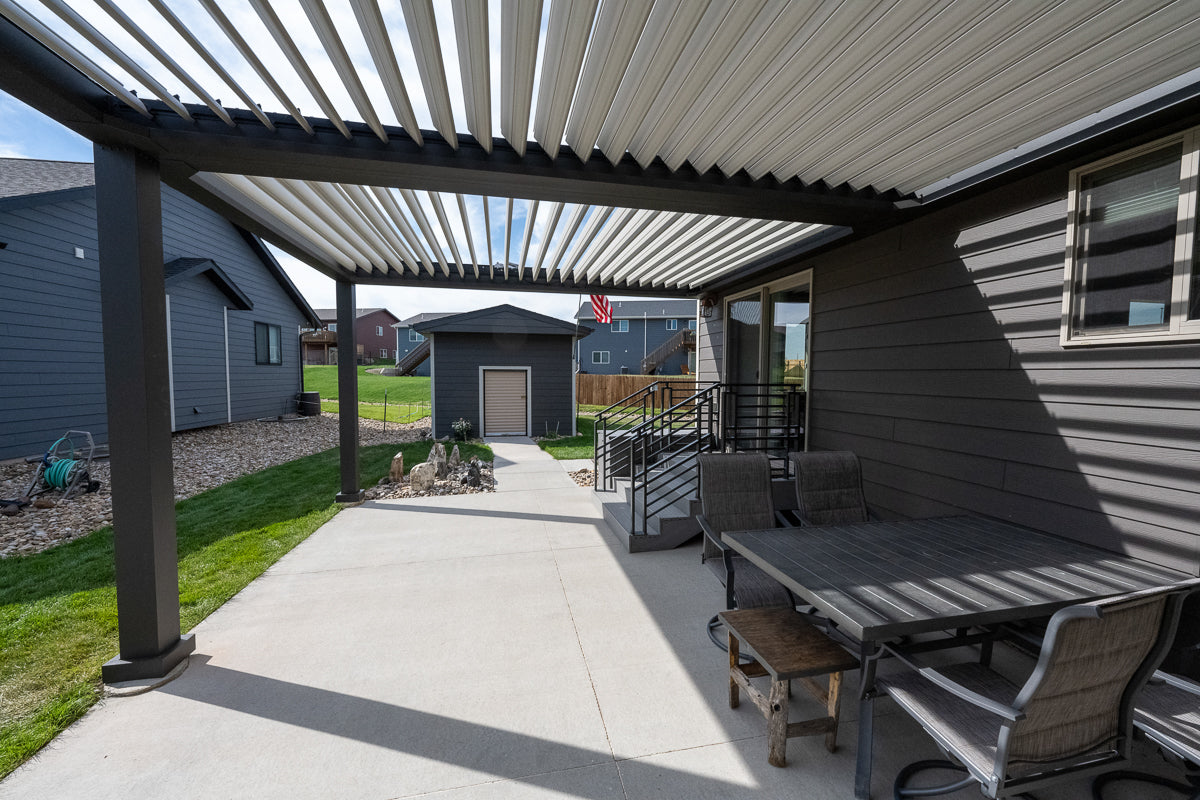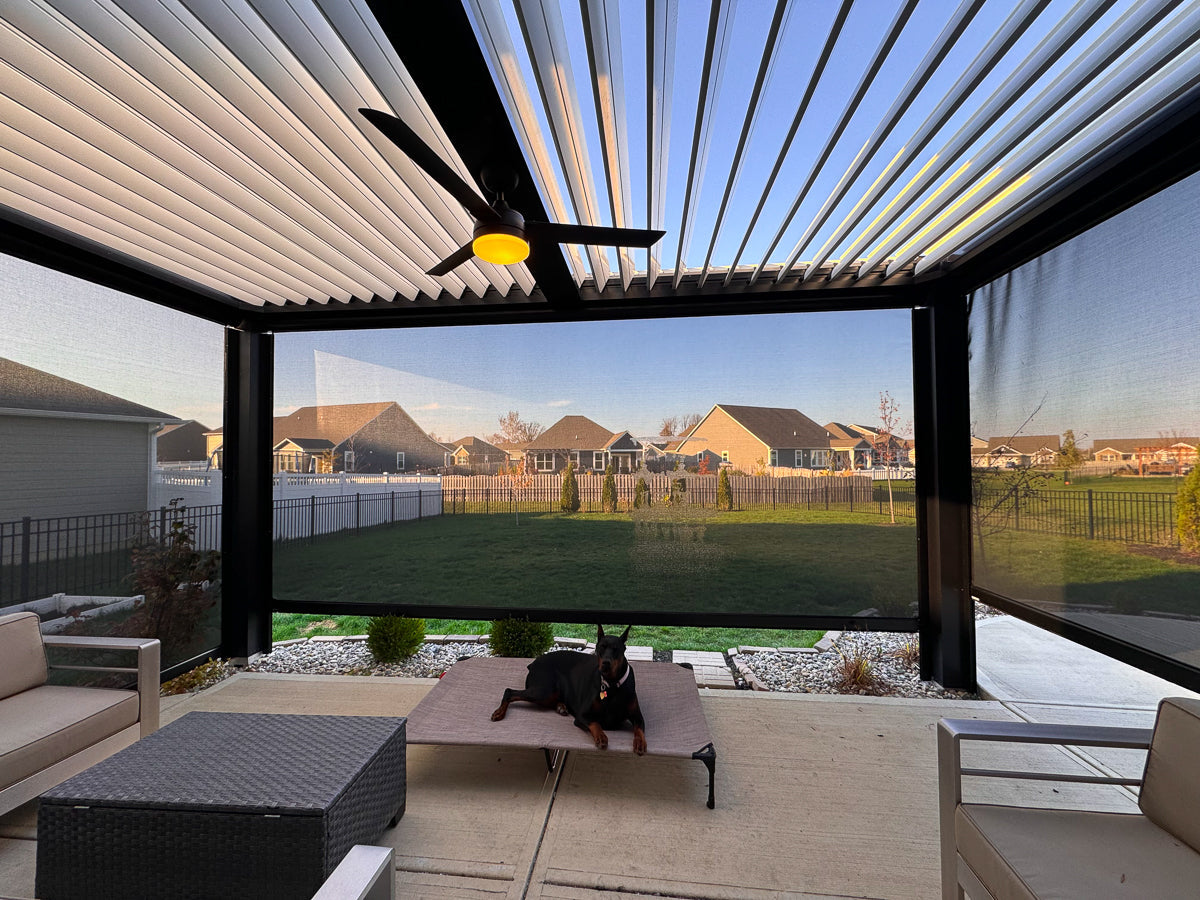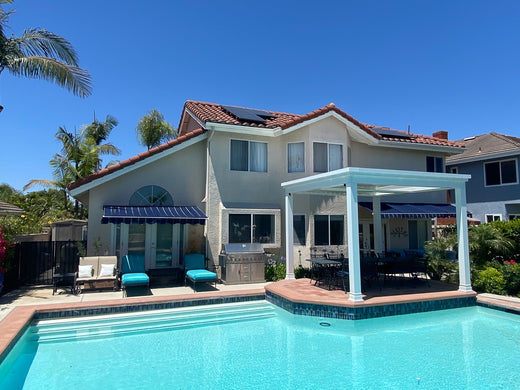What is a Pergola That Attaches to a House?
One of the most common questions we get is, “Can I attach my pergola to my house?” So, what is an attached pergola? Well, it’s what it sounds like, a pergola directly attached to a building, providing shade and creating an outdoor living space.
There are various pergola kits and materials available, showcasing the quality and craftsmanship of our products, including sustainable and durable options tailored for outdoor constructions like pergolas.
An attached pergola typically consists of columns, beams, and rafters that are connected to the house using mounting brackets or other hardware.
An attached pergola can also be customized to fit different styles and architectural designs, especially when working with the team at The Luxury Pergola.
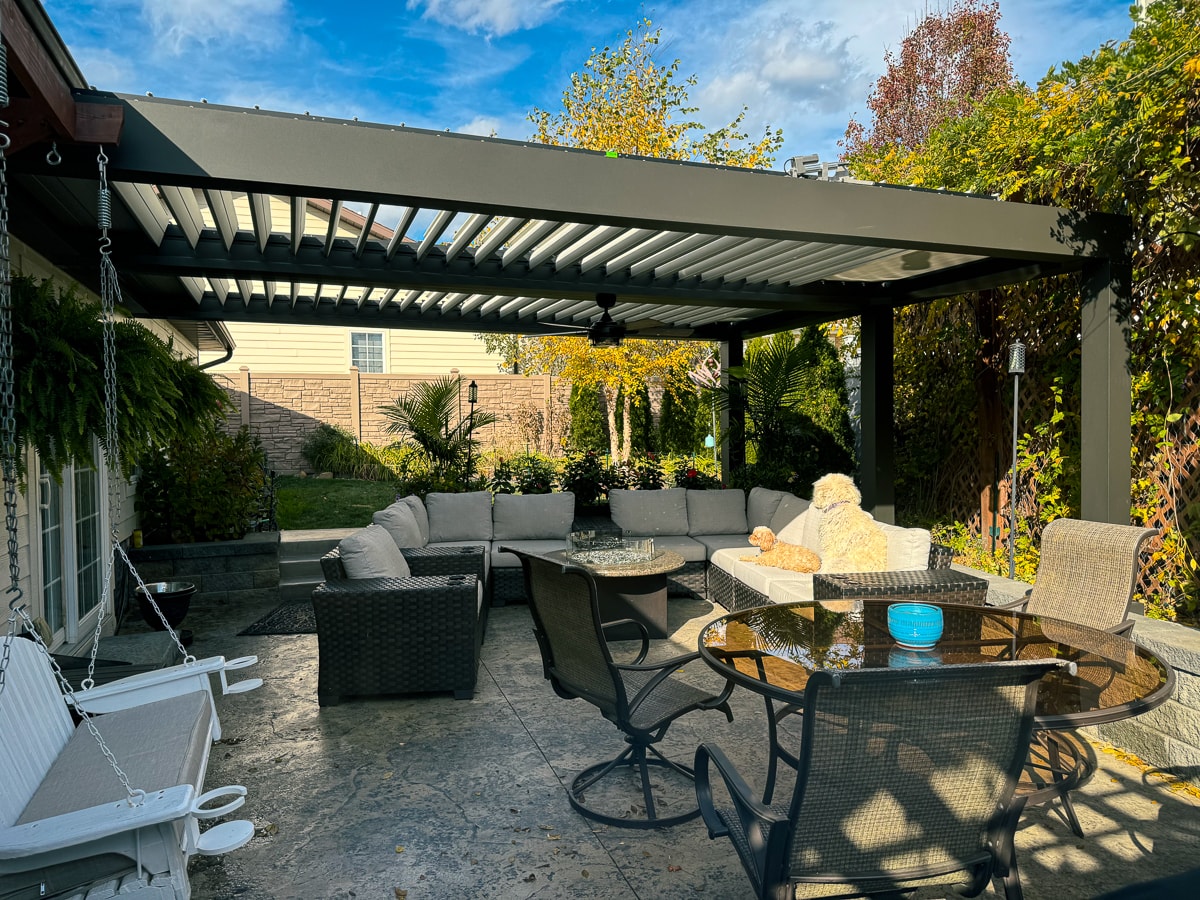
Table of Contents
- What is a Pergola That Attaches to a House?
- Benefits and Structure Design Considerations
- Types of Attached Pergolas
- Materials and Components
- Mounting Brackets and Installation
- Maintenance and Upkeep
- Popular Attached Pergola Kits
- DIY vs. Professional Installation
- Budget and Cost Considerations
- Local Building Codes and Regulations
- Conclusion
Definition and Purpose
A wall-mounted pergola kit is a pre-fabricated structure designed to provide shade and create a visually appealing outdoor space. Its primary purpose is to offer a stylish and functional solution for homeowners looking to enhance their outdoor living areas. Pergolas can be used to define different spaces within a yard, create a sense of intimacy, and provide a framework for climbing plants or vines. These kits are perfect for those who want to add a touch of elegance and practicality to their outdoor environment without the hassle of designing and building from scratch.
Benefits and Structure Design Considerations
Some of the benefits of an attached pergola may seem obvious, while others may not seem so obvious. The first benefit to an attached pergola, or most pergolas for that matter, is that the attached pergola. provides shade and protection from the elements. This makes your outdoor living space more comfortable whether you live in California, Texas, Indiana, New Jersey, Washington State, or even Florida.
Custom pergolas like those from The Luxury Pergola, can be designed to match the style and architecture of your home, enhancing its curb appeal.
A custom pergola or attached pergola can be used to create a sense of separation between different areas of your backyard, creating a separate seating area or focal point in your outdoor living space.
A few things to consider when purchasing a pergola include the size and shape of the pergola, the type of materials used(we recommend powder-coated aluminum), and the color and style of the hardware. Additionally, you should calculate the required quantity of decorative beam ends when flat caps are added.
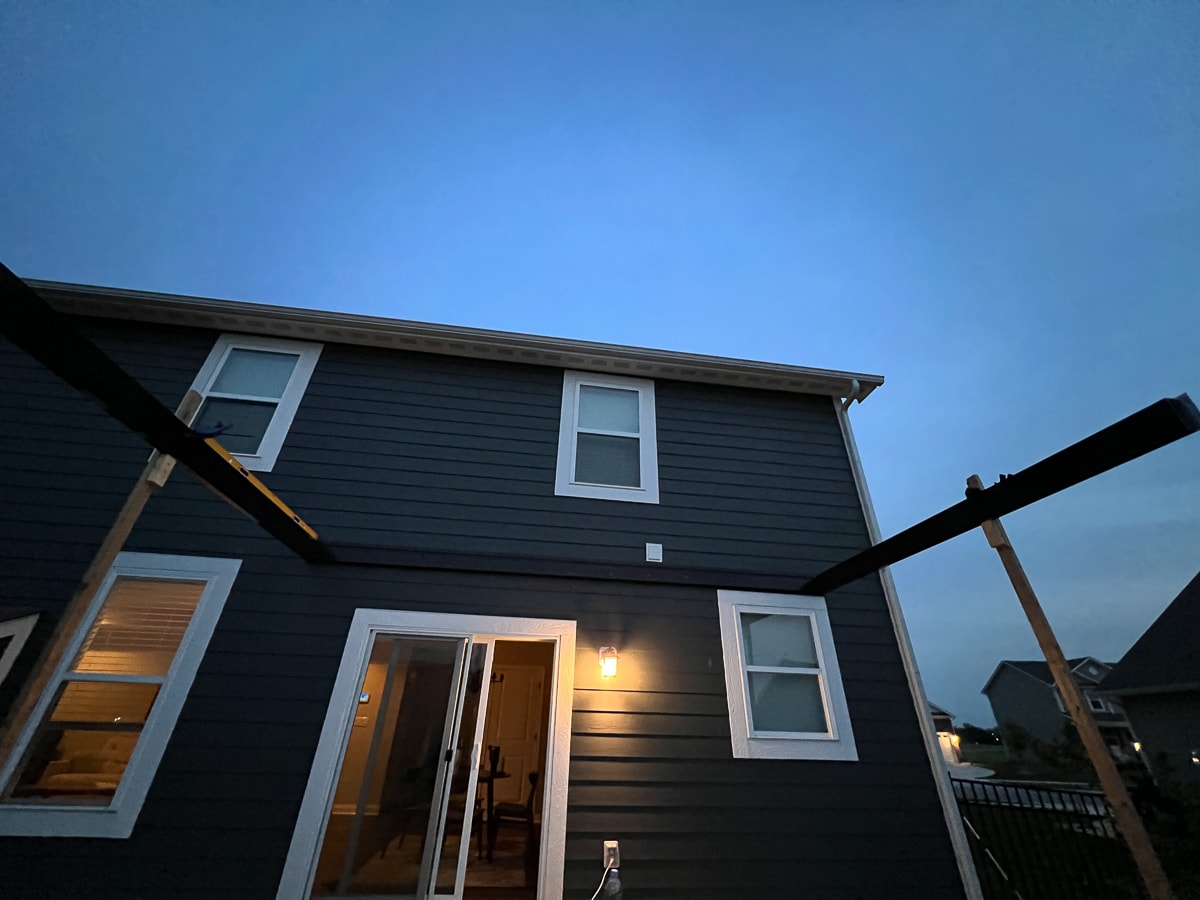
Design and Style Options
Wall-mounted pergola kits come in a variety of designs and styles to suit different architectural tastes and outdoor decor. Some popular options include:
-
Modern and Sleek: Featuring clean lines and minimalist profiles, these designs are perfect for contemporary homes.
-
Traditional and Ornate: With intricate details and classic profiles, these pergolas add a touch of timeless elegance.
-
Rustic and Natural: Made from rough-hewn wood and earthy tones, these designs blend seamlessly with natural surroundings.
-
Contemporary and Eclectic: Bold colors and unique materials make these pergolas stand out as a focal point in any yard.
Homeowners can choose from a range of materials, including wood, metal, and vinyl, and select from various colors and finishes to match their existing outdoor decor. With so many options available, it’s easy to find a pergola kit that complements your home’s style and enhances your outdoor living space.
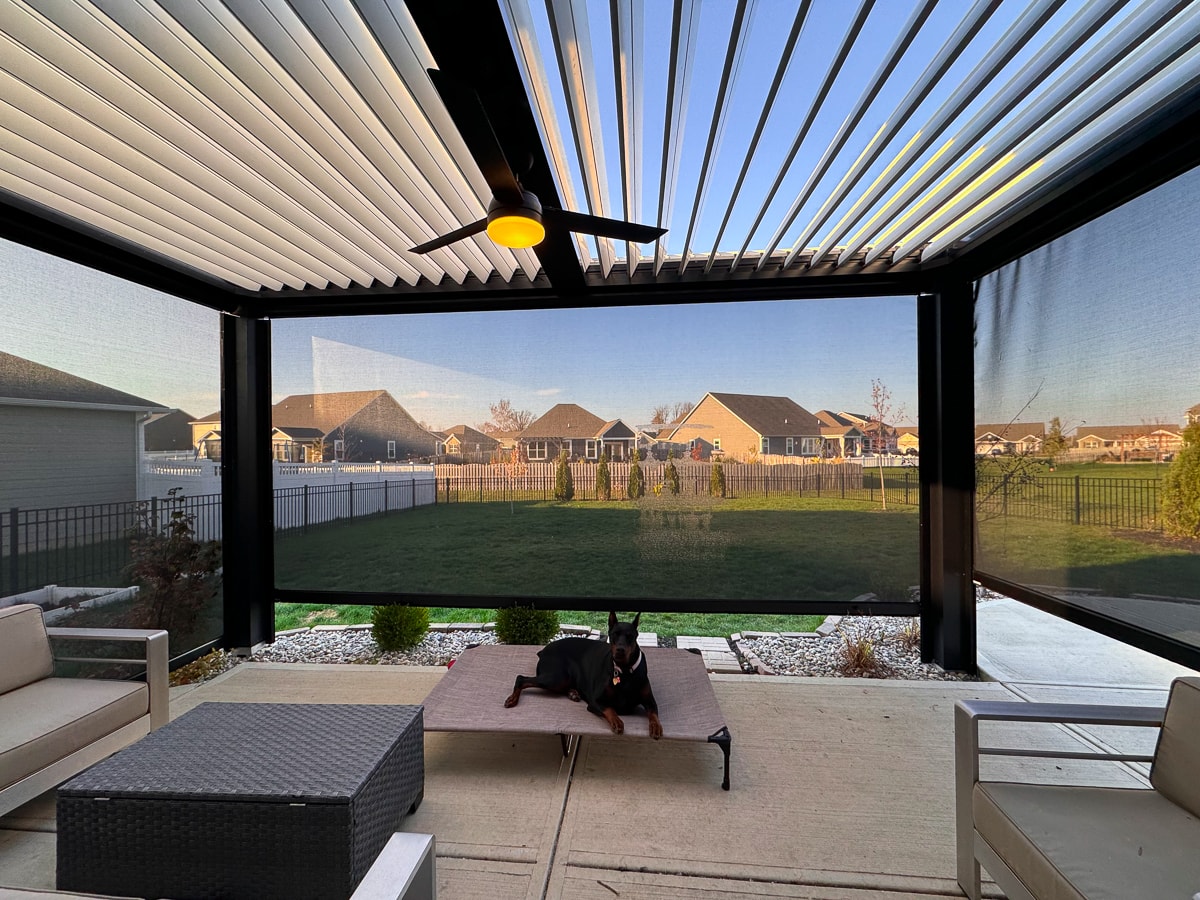
Types of Attached Pergolas
-
Wall-mounted pergolas: attached directly to the wall of the structure using mounting brackets and hardware.
-
Eave-mounted pergolas: attached to the eave of the existing building, providing additional support and stability.
-
Rafter-mounted pergolas: attached to the rafters of the structure, providing a more secure and sturdy structure.
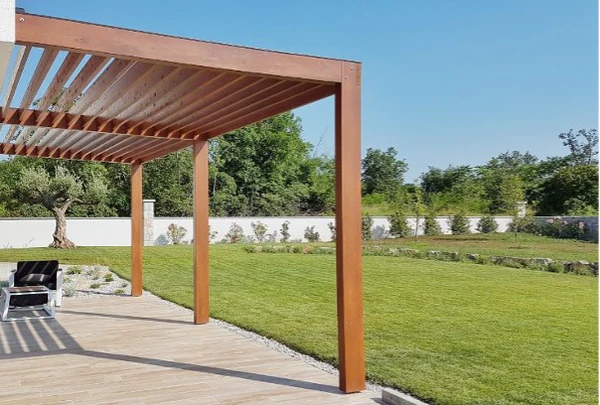
Materials and Components
Columns and posts: made from materials such as wood, vinyl, or metal, and come in different sizes and styles, we're partial to aluminum pergola structures of course!
Beams and rafters: made from materials such as wood or metal, and come in different sizes and styles. The rafters are typically spaced 16 inches apart, measured center to center, to ensure proper structural integrity.
Mounting brackets and hardware: used to attach the pergola to the structure, and come in different types and styles.
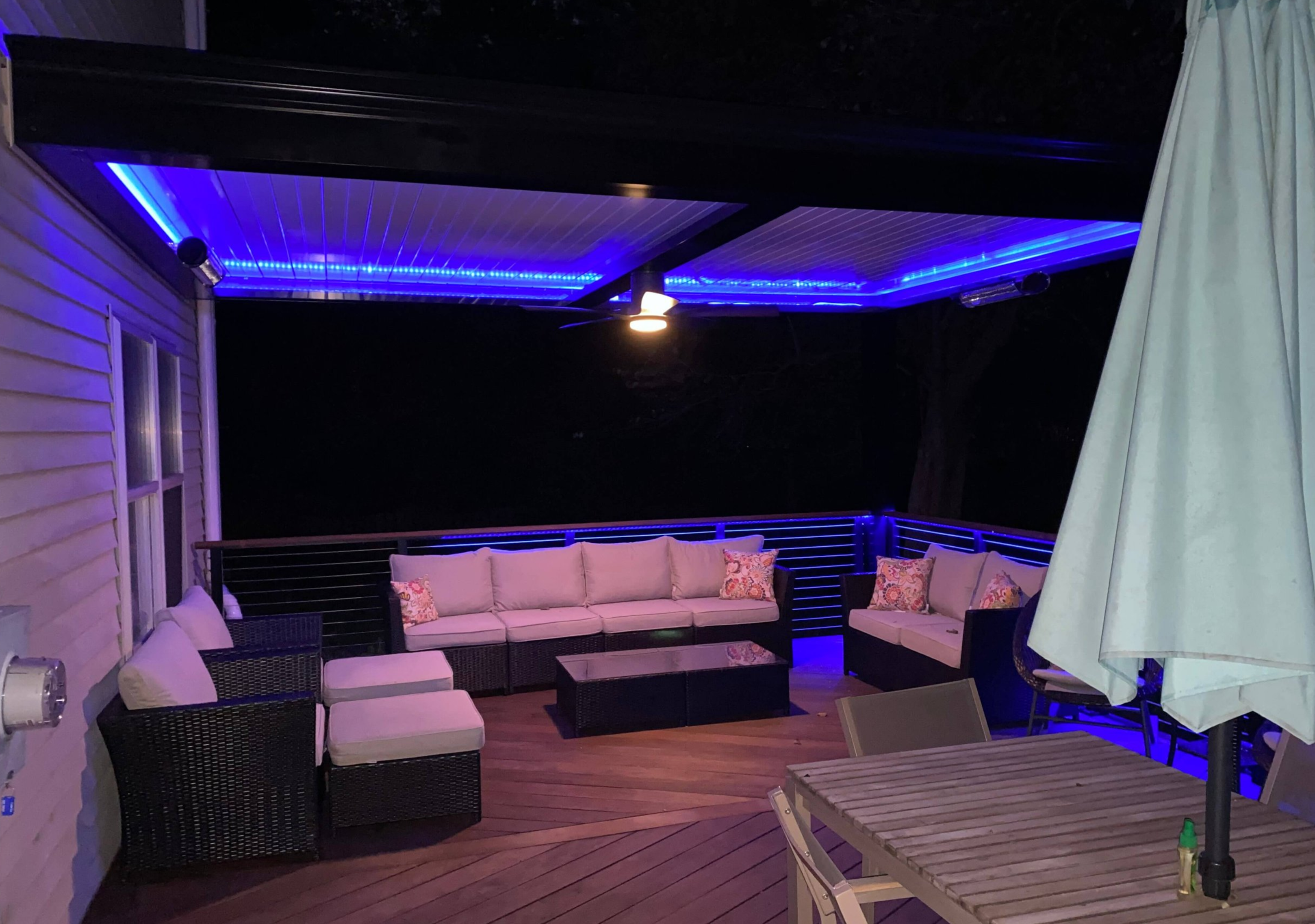
Mounting Brackets and Installation
The process of mounting a pergola to an existing structure requires careful planning and measurement to ensure proper installation and stability, so consider hiring a professional team to install the pergola, especially if it is large or complex.
Relying on the experience of a professional contractor goes a long way to ensure proper and safe installation, all while giving you peace of mind that your pergola structure will remain safely attached for years to come.
Size and Placement Considerations
When selecting a wall-mounted pergola kit, it’s essential to consider the size and placement of the structure. Factors to consider include:
-
Outdoor Space: Assess the size of your outdoor area and determine the desired level of shade coverage.
-
Location: Decide where the pergola will be placed in relation to the house, patio, or garden to maximize its functionality and aesthetic appeal.
-
Proportions: Ensure the height and width of the pergola are proportional to the surrounding area for a balanced look.
-
Mounting Requirements: Choose the appropriate mounting brackets and hardware to securely attach the pergola to the house or wall.
It’s recommended to consult with a professional or use online tools to determine the optimal size and placement of the pergola kit. Proper planning will ensure that your pergola not only looks great but also stands strong and secure.
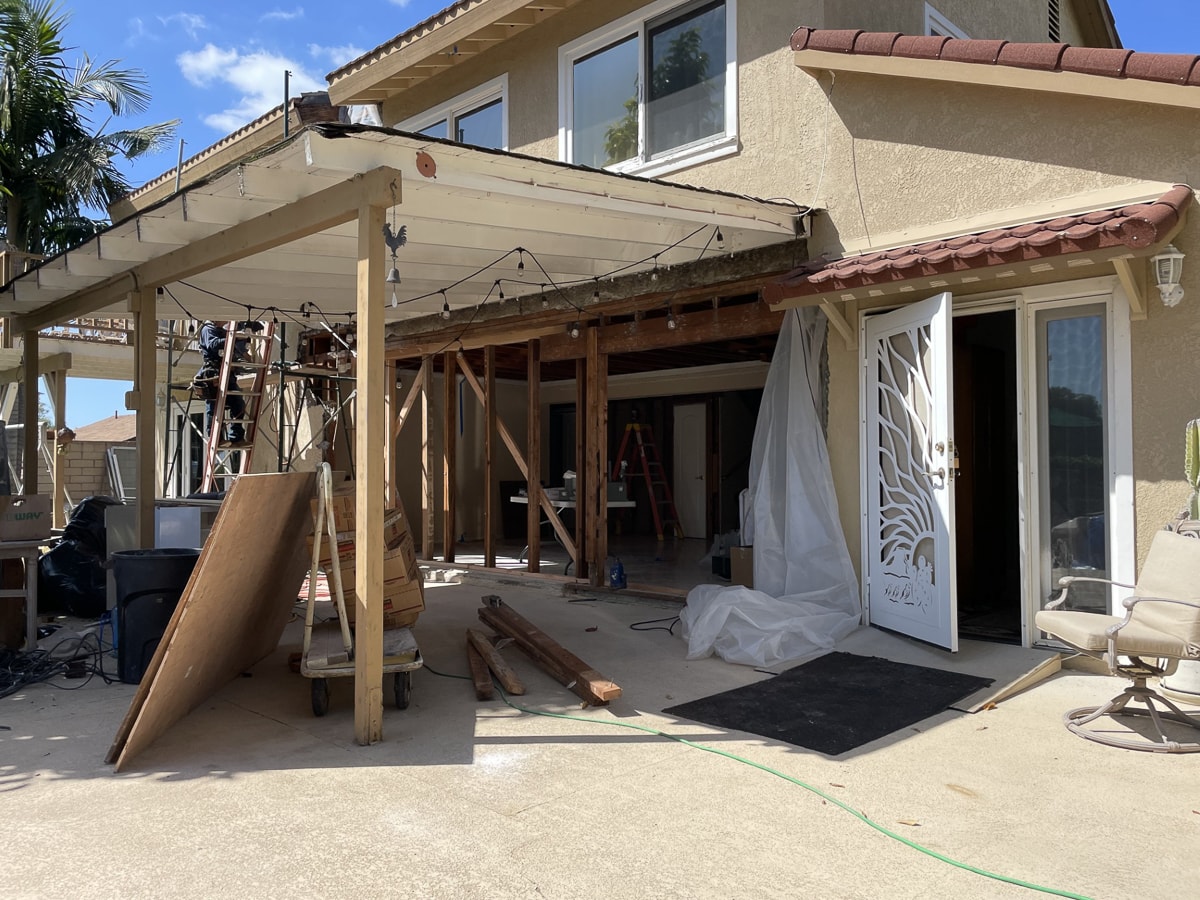
Maintenance and Upkeep
Regular cleaning and inspection to ensure the pergola remains stable and secure. Repairs and replacements of damaged or worn-out components, such as mounting brackets and hardware. Thankfully with The Luxury Pergola lineup, you do not have to worry about the parts and pieces of the pergola rotting away.
Popular Attached Pergola Kits
Pre-packaged kits that include all the necessary materials and components to build an attached pergola
Available in different sizes and styles, and can be customized to fit different styles and architectural designs
Kits can be purchased online or in-store and can be installed by a professional team or DIY
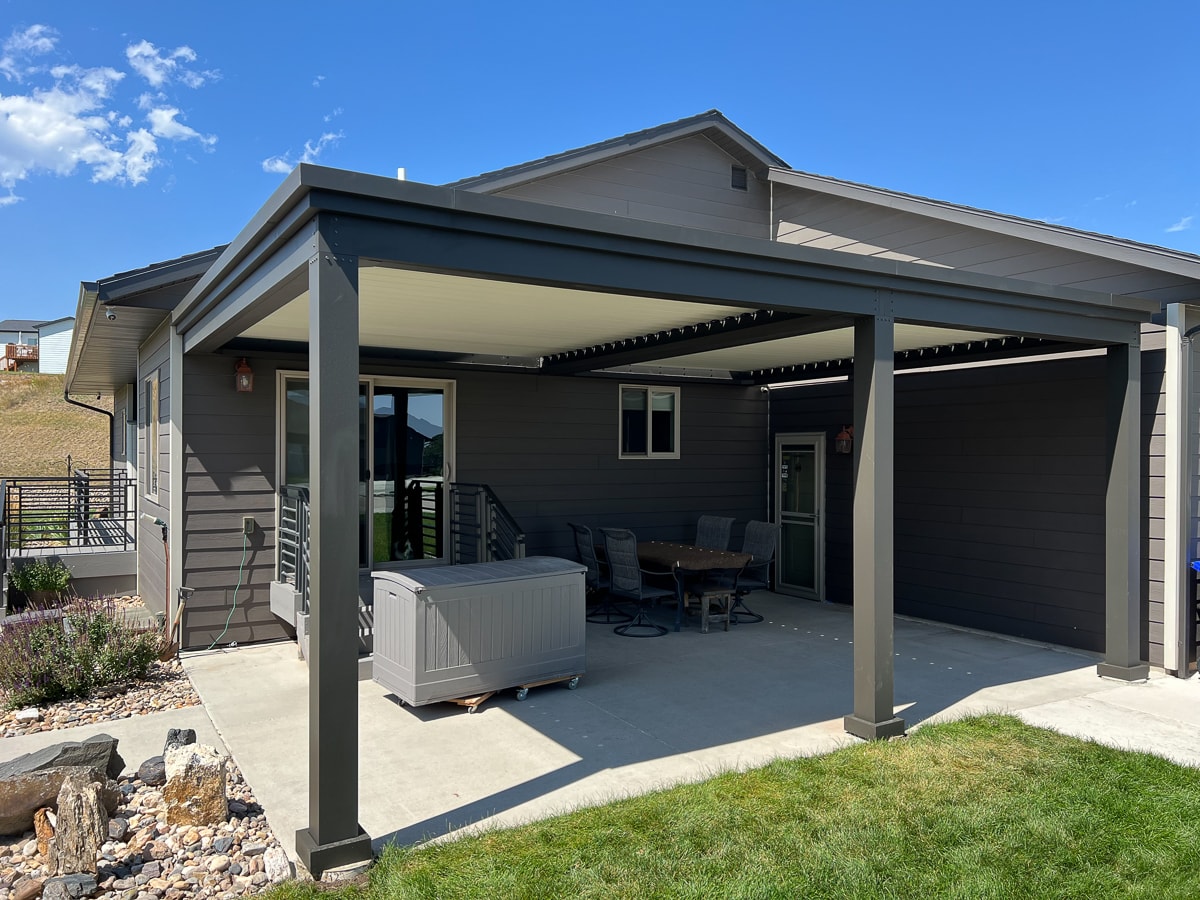
DIY vs. Professional Installation
DIY installation can be cost-effective and rewarding, but requires careful planning and execution, and is not always recommended.
Professional installation ensures a secure and stable structure and can be worth the investment for larger or more complex pergolas
Consider hiring a professional team if you are unsure about the installation process or if you want a high-quality finish
Budget and Cost Considerations
The cost of a wall-mounted pergola kit can vary widely depending on the size, material, and design. Factors to consider when budgeting for a pergola kit include:
-
Kit Cost: This includes the structure, mounting brackets, and hardware necessary for installation.
-
Additional Features: Consider the cost of any extra options, such as lighting, planters, or decorative trim, that can enhance the pergola’s functionality and appearance.
-
Installation: Factor in the cost of labor and materials if you plan to hire a professional team for installation.
-
Permits and Inspections: Check if any permits or inspections are required for your project and include these costs in your budget.
By carefully considering these factors, you can plan a budget that meets your needs and ensures a successful pergola installation.

Local Building Codes and Regulations
Before installing a wall-mounted pergola kit, it’s essential to check with local building authorities to ensure compliance with local building codes and regulations. Factors to consider include:
-
Permits and Inspections: Determine if building permits and inspections are required for your project.
-
Zoning Restrictions: Be aware of any zoning restrictions and setbacks that may affect the placement of your pergola.
-
Load-Bearing Requirements: Ensure the pergola meets load-bearing requirements and maintains structural integrity.
-
Electrical and Plumbing Codes: If your project involves electrical or plumbing work, make sure it complies with relevant codes.
Homeowners should consult with local building officials and/or a licensed contractor to ensure that their pergola kit meets all relevant building codes and regulations. This will help avoid any legal issues and ensure a safe and compliant installation.
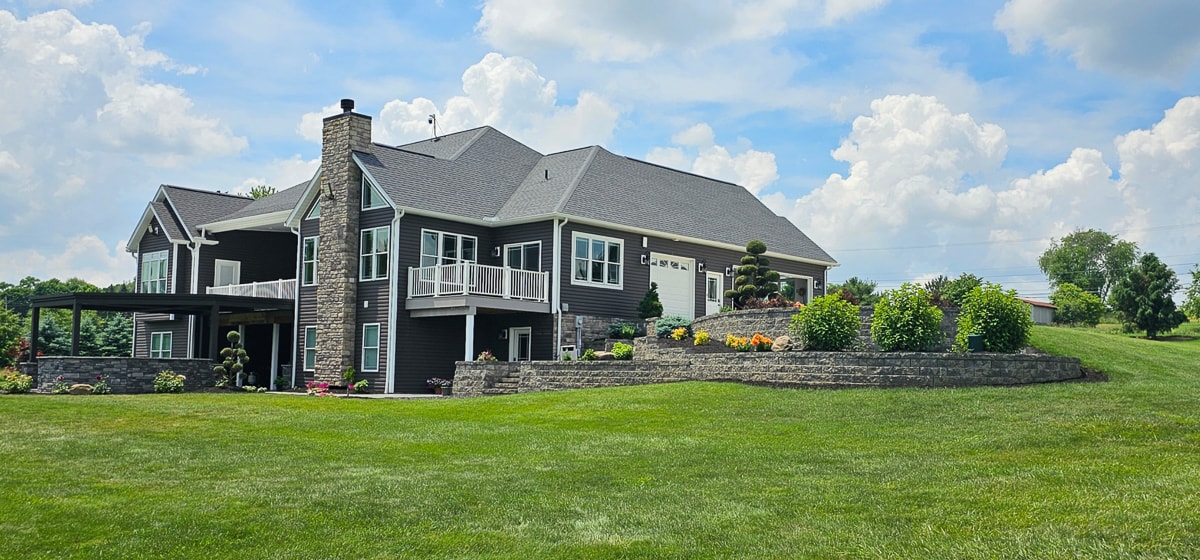
Conclusion
An attached pergola can be a beautiful and functional addition to any existing structure, providing shade and creating an outdoor living space
When planning your attached pergola project, consider the benefits and design considerations, types of attached pergolas, materials and components, mounting and installation, maintenance and upkeep, popular attached pergola kits, and DIY vs. professional installation.



